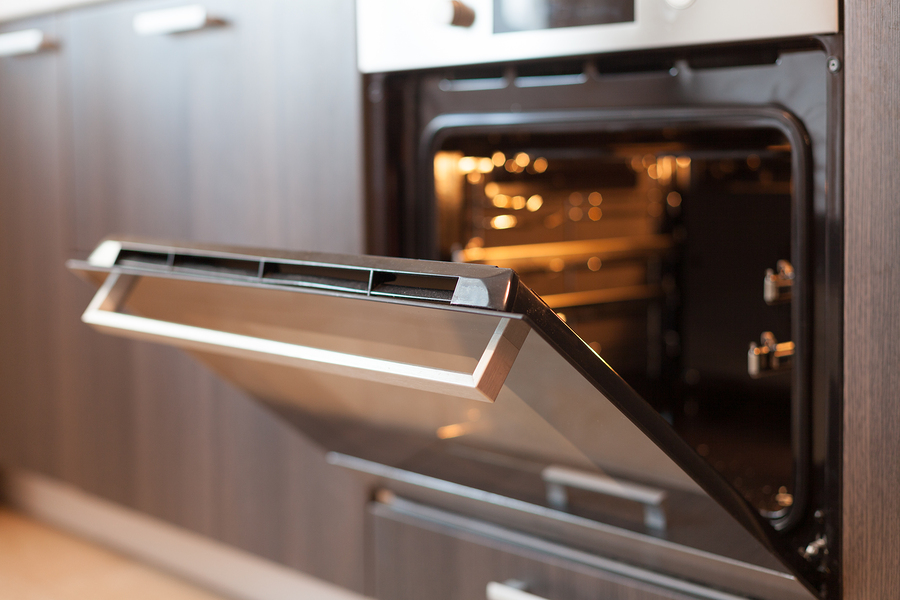
You know that CBD provides great medical benefits, including pain relief. While people are still learning more about CBD all the time, there are some key lessons that help you to process your CBD and get the most out of your cannabis. Decarboxylation is a process that you can use for any type of cannabis product. Known as decarb, it transforms the THCA and CBDA in your cannabis into their active compounds: THC or CBD.
You can decarb CBD or THC for medical or recreational use. You can even use this process to make the most of hemp-created CBD product. If you use cannabis and benefit from the healing power of CBD, knowing about decarboxylation can help you make the most of your experience.
Decarboxylation: What Is It?
You might know that decarbing CBD is important to maximize your results, but it might not be clear how the process works. THC and CBD are phytocannabinoids that naturally appear in cannabis, where their precursors exist in acidic form. In their initial form, they are inactive compounds. Decarboxylation transforms them into active substances, releasing their medical, therapeutic and pain-relieving effects.
The term decarboxylation refers to removing a single carboxyl group from a molecule. Specifically, a carbon atom is removed from one of the carbon chains in cannabis. Carbon dioxide is released and CBD and THC are activated.
The acidic cannabinoids, known as THCA and CBDA, are converted into their non-acidic active forms. Known as cannabidiolic acid (CBDA) and tetrahydrocannabinolic acid (THCA), they don’t have the effects that you know and love until the decarb process takes place. Of course, the process is never 100% complete. When you look at a lab report about cannabis, you’ll still see some level of THCA and CBDA remaining.
How Does Decarboxylation Work?
Decarboxylation requires heat and time. The reason why smoking is the classic means of enjoying both THC and CBD is that the burning of the plant releases the active ingredients. Similarly, vaping releases THC and CBD through heating the flower. While these methods of consumption are best known for releasing THC that produces a high effect, the same is necessary for CBD.
You can decarb CBD at a lower temperature over a longer period of time or over a shorter time at a higher temperature. When you do it at a lower temperature, you can preserve more terpenes, which carry their own therapeutic benefits. Along with CBD, some terpenes can have important effects for medical users.
Most CBD products that you find have already been decarbed. If you want to make your own, you can decarboxylate your CBD at home. If you also are decarbing THC, keep in mind that CBD takes a longer time or a higher temperature to fully activate. Increase your time baking your cannabis to 50% higher than you would with THC.
How Can You Decarb CBD At Home?
With a dried, CBD-heavy cannabis strain, you can decarb your CBD products right at home in your oven. Here are the steps to decarb your cannabis at home:
- Heat your oven to around 250 degrees Fahrenheit. Don’t put in your cannabis until your oven is heated to the temperature you want.
- Grind or break up your cannabis flower. You don’t have to grind it too finely, just break it into smaller pieces.
- Place the flower on a tray in your oven with an ovenproof lid or foil cover to save the mot terpenes.
- Bake your cannabis for 90 minutes to decarb your CBD. (60 minutes should be sufficient for THC.)
- Take your tray out of the oven and leave it to cool. Then take off the lid and check to make sure your flower is brown. If it is green, you’ll need to put it back in the oven for another 5 to 10 minutes.
And boom, you’re all done! Now you’re ready to make your own tinctures, oils, edibles and butters.
Decarboxylation is one of the most important steps toward making great cannabis products. You can do it at home to explore the world of edibles and extracts.